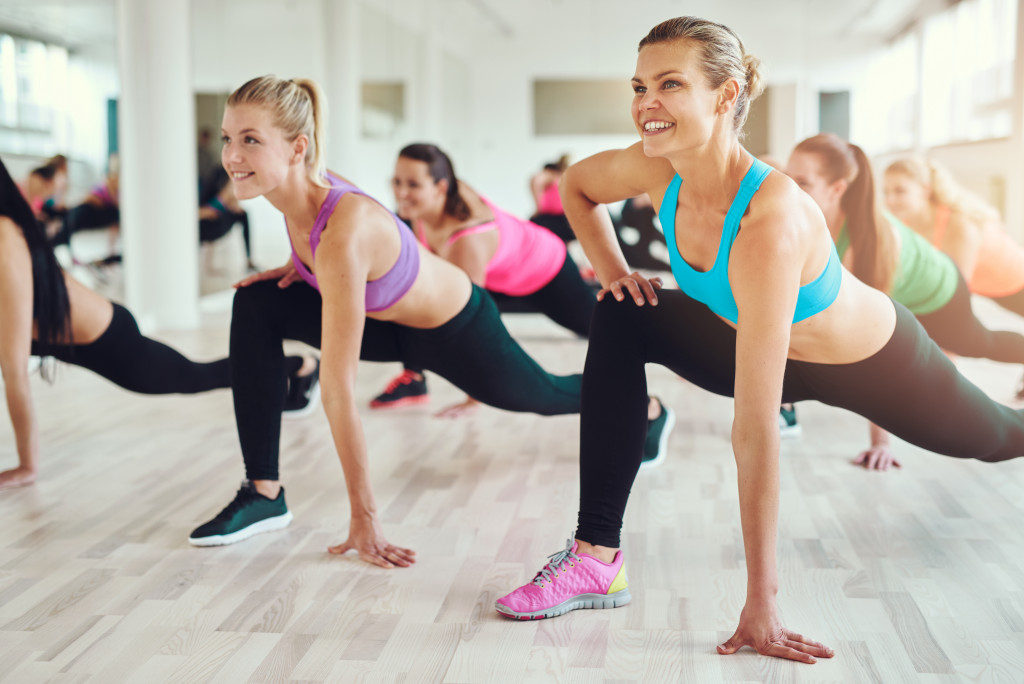Can you reach your toes? Can you bend backward and touch the ground? Being flexible isn’t often discussed because, frankly, not many people see the value in it. But modern medical science is discovering something that sports science has known throughout: being flexible can considerably help with your quality of life. But what does flexibility entail, and should you attempt to become more flexible?
Defining Flexibility
When we hear the word flexible, we often think of contortionists who can touch their toes and bend in nigh-impossible ways. Highly flexible gymnasts who can do amazing positions and poses mid-air also come to mind.
However, flexibility isn’t just for circus performers or gymnasts. It’s for everyone because flexibility can mean the range of motion of your joints, like your hips, knees, even elbows, and hands.
As we grow older, losing flexibility is a common occurrence. Depending on your lifestyle, this loss of flexibility can be something as serious as not bending your knees without feeling pain. It can also mean extreme lower back pain during colder seasons.
Why Should You Bother?
There’s a lot of benefits that come with increasing flexibility. That’s why many people are so eager to do yoga or stretch after their workouts. In this article, we’ll take a look at some compelling reasons why you should get into stretching and aim to be more flexible. If you’re having difficulty doing flexibility exercises, you might want to visit your doctor. It could be indicative of a larger problem and might require intensive care and therapy.
-
Increases Mobility
The older we get, the more we complain when picking things up off the ground. No thanks to our aging muscles and joints, even the simplest of motions can result in severe pain. The lack of flexibility often exacerbates this, as the body isn’t used to reaching its natural range of motion anymore. Stretching alleviates this by keeping the muscles malleable and active. Even those well into their 50s or 60s can be comfortable with their body with enough flexibility.
-
Helps with Back Pain

Back pain is a relatively common ailment that many people complain about. Due to our sedentary lifestyle, the lack of activity and constant sitting down severely affects our back muscles and spine. Flexibility is a significant contributor when easing back pain. Scoliosis treatment programs for adults and other similar solutions for spinal problems often incorporate it into their healing process. Doing flexibility exercise on its own can immediately relieve pain, so that’s something you should take a look into.
-
Helps Prevent Injuries
Another reason many health professionals recommend that you become flexible is that it can help prevent injuries. By becoming more flexible, your body can move smoothly and appropriately. Cases of being “misaligned” will happen less, and the muscles’ malleability will be increased, developing to tolerate more stress and impact.
-
Improves Strength
Being able to hold your muscles in their full range of motion lends itself to be strong enough to sustain that position. The idea behind is that when the muscles achieve its full range of motion, it contracts more, engages more muscles, and exerts more strength. This is the primary reason why athletes often train to become flexible, even if their sport might seem like it won’t benefit from it. Tennis players, runners, and even basketball players incorporate stretching and isometric flexibility into their routines to help develop their muscular strength.
-
Boosts Athletic Prowess
Many of the benefits mentioned here can considerably contribute to increasing someone’s athletic performance. Being able to achieve a full range of motion, generate enough strength, and be relatively injury-proof are a boon to any athlete. But it’s not just for athletes! Anyone who wants to live a comfortable and pain-free life and enjoy their body and what it can do will benefit from becoming more flexible.
-
Improves Your Posture
Flexibility can significantly help you maintain good posture and improve your balance. By increasing your muscle’s flexibility, your posture improves considerably because you’re essentially training your body to be correctly aligned. It also corrects potential side preferences or imbalances that are far too common with people living a sedentary lifestyle. The increased range of motion will also help you keep your balance when moving about.
At the end of the day, being flexible can help you lead a better and healthier life. If that’s not enough reason, then all the benefits mentioned here should convince you. But just like with many exercises, it’s best approached slowly and safely. You don’t want to pull a muscle doing the splits.




